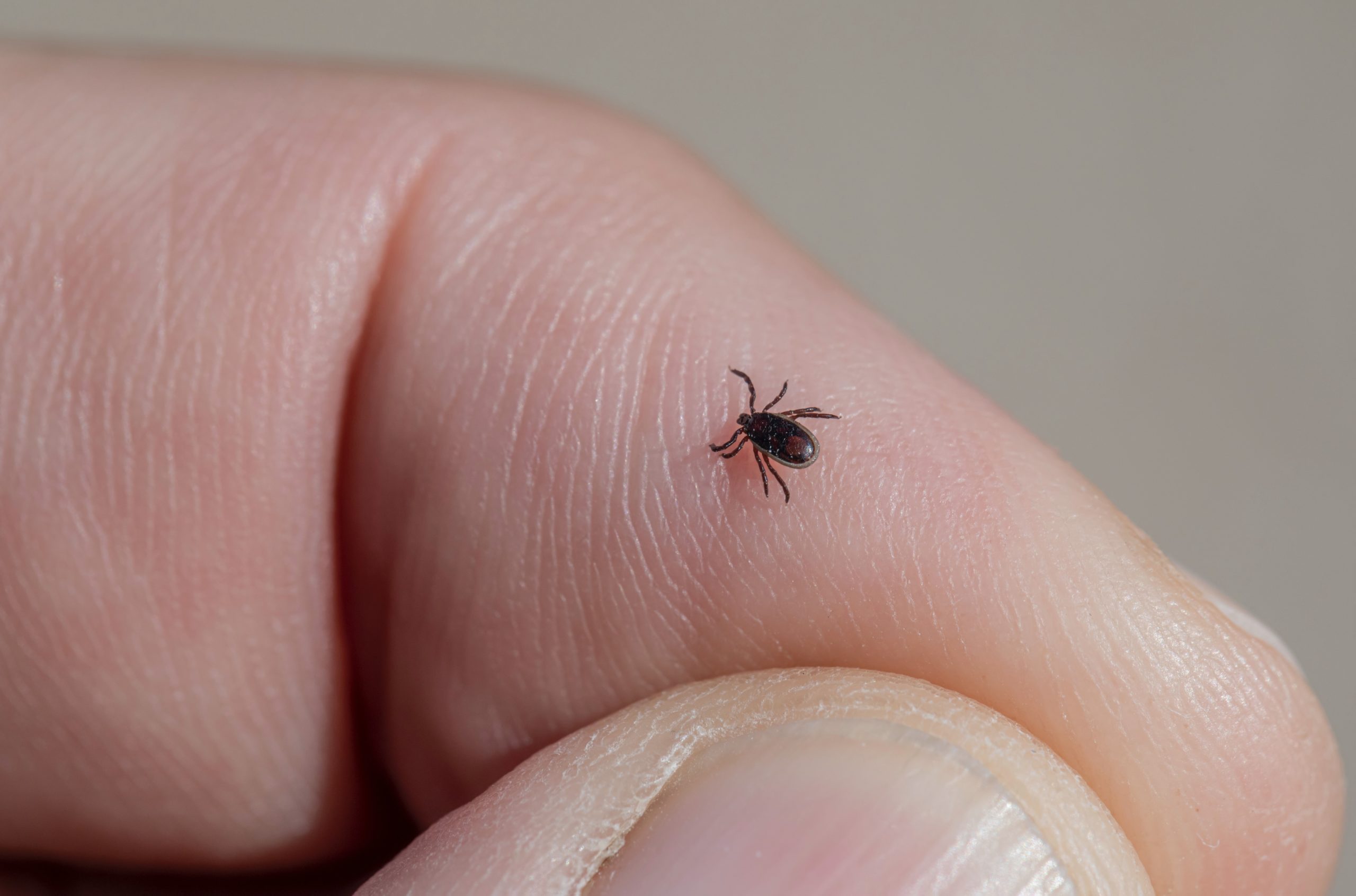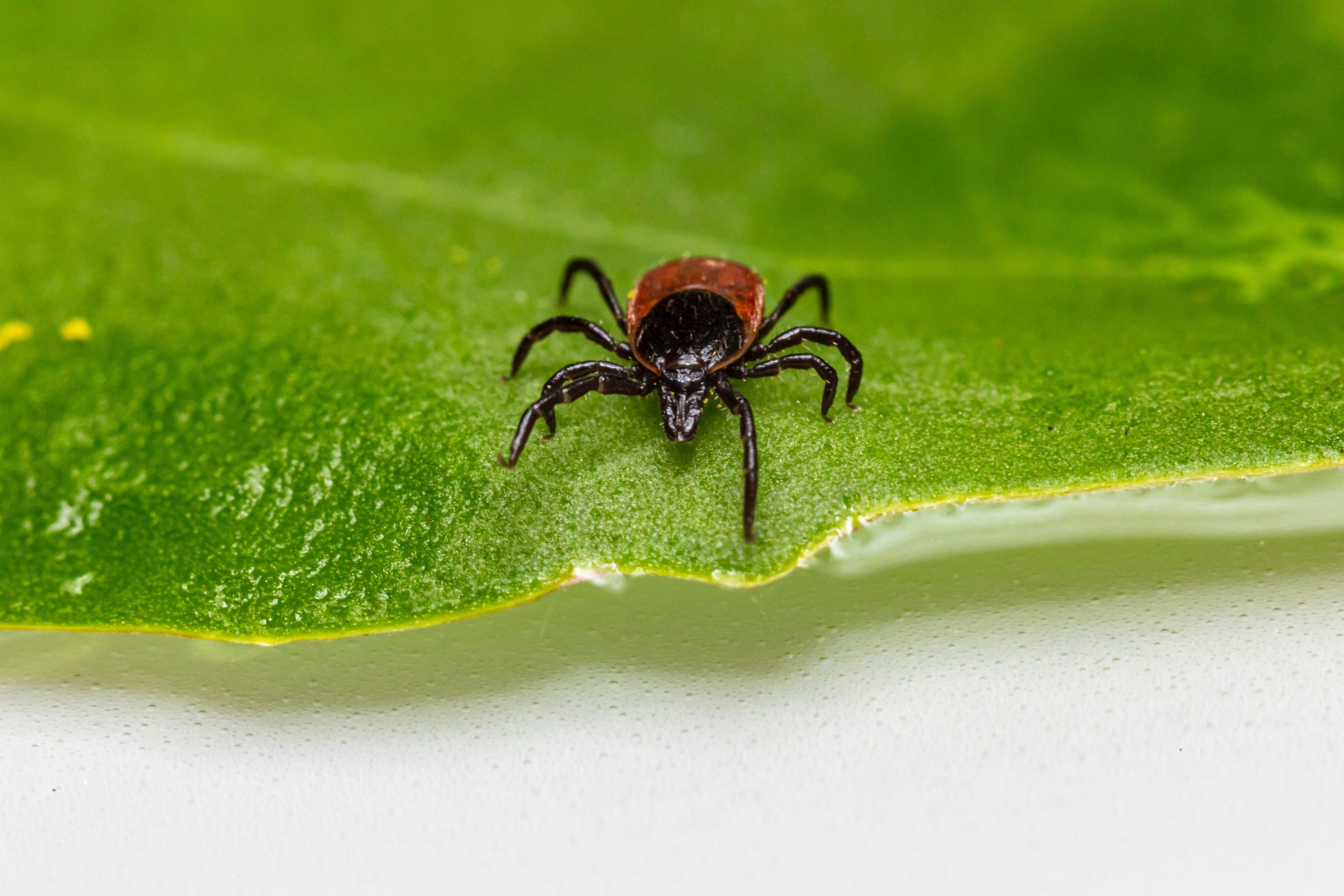In the 22 years that Dr. Marra has been practicing tick-borne disease illness, there has been great controversy over the use of antibiotics in the treatment of these stealth and persistent infections. She doesn’t think the answer to this controversy is any easier today than it was 20 or 40 years ago. However, over the … Read More “The Antibiotic Controversy” »
Author: Susan L. Marra
Ticks are considered arthropods and belong to the same family as spiders and mites, Ixodes. They have two body segments, 8 legs in the adult form, and do not have wings or antennae. They have 4 life stages including egg, 6 legged larvae, 8 legged nymphs, and 8 legged adults. The larvae, nymph, and adult … Read More “All About Ticks” »
Many patients with tick-borne illness will experience dental issues including cavities, jawbone erosion, enamel weakening, gingivitis, periodontitis, and teeth movement. Borrelia and Bartonella are probably the root cause for these dental changes, as these organisms can penetrate the bone and mucosa and establish biofilm colonies. The organisms cause localized inflammation and tissue destruction over time … Read More “Dental Issues & Tick-Borne Illness” »
Environmental medicine refers to discovering and treating a myriad of environmental insults including infections, mold, and mycotoxins, toxic foods, EMF, chemical poisoning, etc… that may cause symptoms. Each of these environmental insults can cause significant alterations in individual genetic expression. In other words, you are born with genetic potential, but disease-causing genes may only be … Read More “Environmental Medicine and Epigenomics” »
Babesiosis, often a co-infection of Lyme Disease in humans, was first identified by Victor Babes in the late 19th century in Romanian cattle and the disease at that time was coined “Red Water Fever.” However, Babesia infection in humans was not confirmed until 1956 in a Yugoslavian farmer. Babesia is a protozoan intracellular red blood cell … Read More “What is Babesia?” »
Healing the Microbiome is so important when dealing with Chronic Illness. Many of the issues that are pervasive among all patients with multiple tick-borne illnesses, is that their microbiome (internal bio terrain) is severely disturbed by the presence of pathogenic organisms. Bragg Organic Apple Cider Vinegar or good ole homemade sauerkraut are excellent dietary additions … Read More “Healing The Microbiome: The Benefits of Apple Cider Vinegar and Sauerkraut” »
Healing Affirmations are an incredibly powerful tool in the healing journey. One of the things that are so disheartening about chronic illness is that your spirit can become sick and depressed as well. This complicates the healing journey substantially. One way to keep your spirits high while you heal from chronic illness is to do … Read More “Healing Affirmations” »
Cortisol is a steroid hormone that is secreted by the adrenal glands and is largely responsible for: mediating the biological response to stress, increasing blood sugar, and suppressing the immune system. Additionally, it also contributes to the metabolism of fat, protein, and carbohydrates. The hypothalamus secretes corticotrophin-releasing hormone (CRH) which stimulates the pituitary gland to … Read More “Cortisol- The Stress Hormone” »
If you are having trouble managing the symptoms of Lyme disease or other co-infections, medical cannabis may be a treatment option for you. The anti-inflammatory properties of medical cannabis have been linked to providing potential relief for some of the symptoms of Lyme disease, as well as numerous mental benefits including some relief from anxiety … Read More “Cannabis for Lyme Symptoms” »
What is Bartonella? Bartonella, also known as “Cat Scratch Fever”, is an emerging bacterial zoonotic disease found all over the world. They are blood-loving, oxygen-avoidant bacteria that are typically transmitted by biting insects such as fleas, sand flies, mosquitoes, and ticks, or cat scratches. Prevalence There are over 20 known species of pathogenic Bartonella including B. henselae, … Read More “What is Bartonella or “cat scratch fever”?” »










